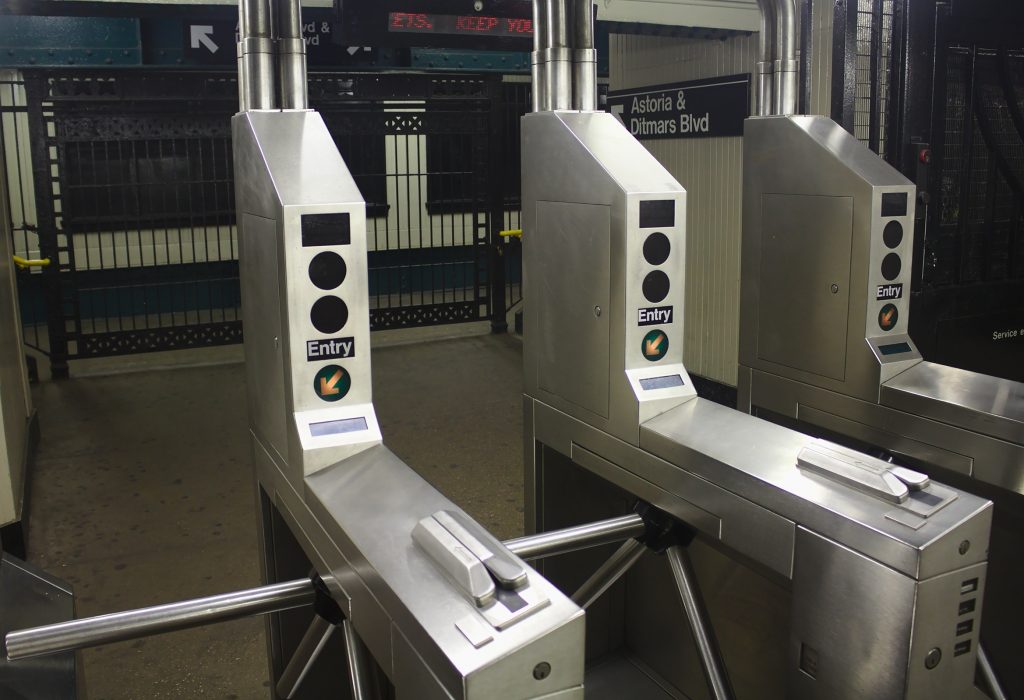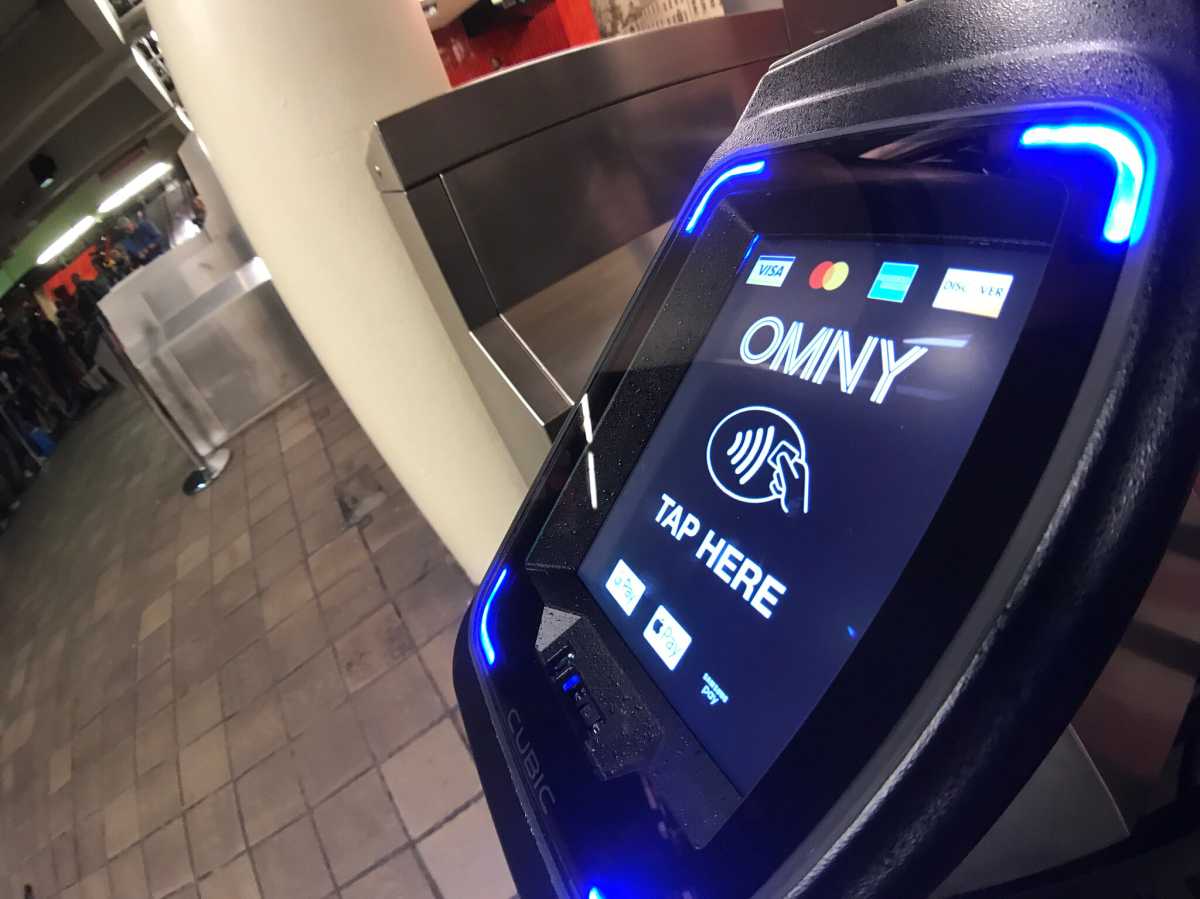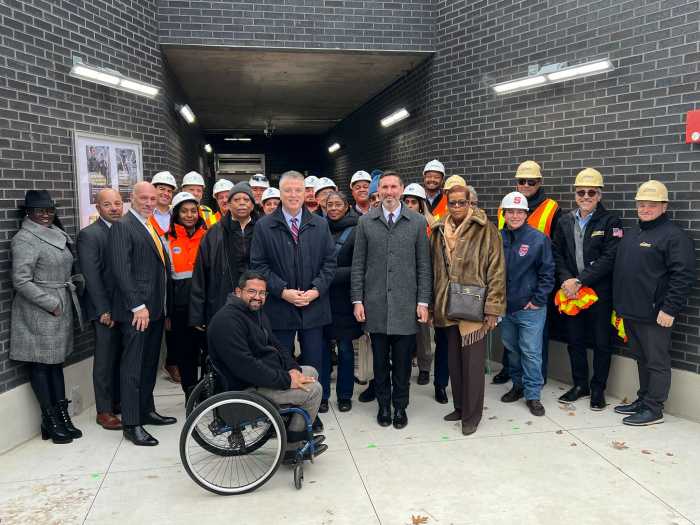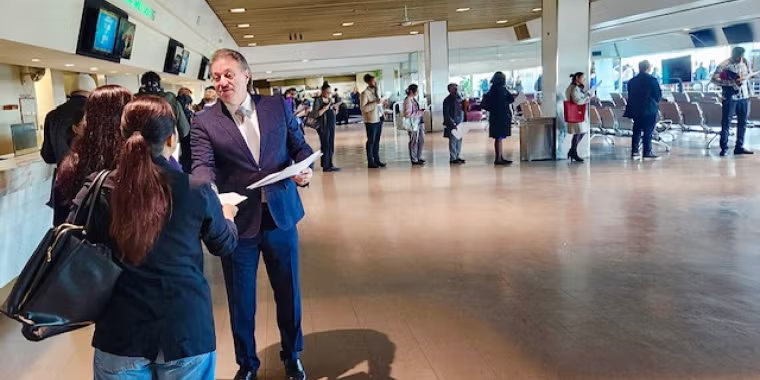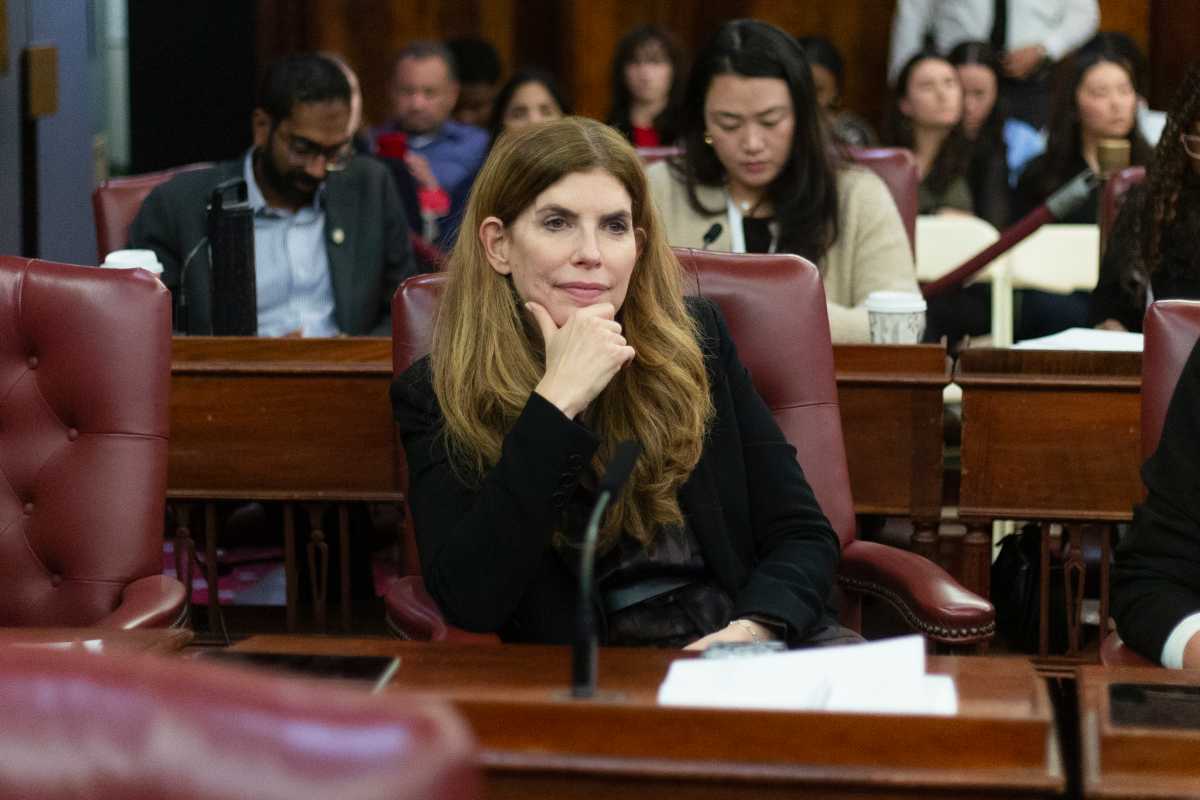An audit by the state Comptroller’s office confirms what the MTA has been saying for months: the agency has few options for financial redemption in the ongoing pandemic with a little cash from Uncle Sam.
About $12 billion worth over the next four years, as the agency has long been campaigning for after their finances were ravaged by the effects of COVID-19 on society and state Comptroller Thomas DiNapoli says borrowing is an option, but federal stimulus funds are the best way out the massive deficits in the offing.
If the MTA turns to borrowing $10 billion, DiNapoli said, debt service could rise by $675 million — an amount roughly equal to a quarter of the revenue the agency is projected to make in 2023. That’s on top of what the MTA already owes, which is $35.4 billion, bring the total amount debt to $50.4 billion by 2024.
“The MTA’s financial condition is dire,” DiNapoli said. “With ridership down, debt burden rising and no additional help likely from New York state or New York City, the MTA desperately needs an influx of federal funds or unheard of service cuts and workforce reductions will happen. Failure to fund the MTA now could disrupt maintenance and repairs and increase the MTA’s debt to suffocating levels that could take multiple generations to recover from. More than a reliable subway or commuter train ride is at stake. Washington needs to step up to help the MTA if our regional economy is going to fully recover.”
According to Stringer, the MTA’s finances were already dire with a projected $3 billion deficit expected by 2021 at the time former Chairman Joe Lhota resigned in 2019, which was followed by the adoption of a $51 billion capital plan in January of this year.
Since May, about $1 billion have been put toward cleaning the subways, stations and buses alongside the 1 to 5 a.m closure of the subway system, according to DiNapoli.
Now, as the ridership on subways, buses, Metro-North and the Long Island Rail Road being slow to make the comeback from a 90 percent drop, DiNapoli confirms what agency leaders have said again and again since they received $4 billion from the CARES Act: 40 percent service cuts, fare hikes of up to $1 and reductions in staff through attrition are the next steps.
According to DiNapoli, at the rate ridership is returning, the MTA is on a course to lose $10 billion between 2021 and 2023. But even this is a conservative projection based on “risky assumptions.”
DiNapoli’s report also noted that:
- The MTA’s transformation plan should be reported on at least quarterly through its gap-closing
monitoring report. Delayed until 2021 due to the pandemic, it is now expected to save
$430 million in 2021, growing to $475 million by 2023. - The MTA’s gap-closing program planned to reduce overtime by more than $200 million annually
starting in 2021, but the July Plan does not reflect this. It has not detailed how it will achieve this
reduction. - Also not reflected in the MTA’s July Plan are details on how it will achieve the $2.2 billion in cost
reductions it has identified for 2020-2024. - Debt service is projected to reach $4 billion by 2024, an increase of 55 percent since 2019.
- The MTA’s $54.8 billion capital plan for 2020-2024 – along with the revenue it would generate for
suppliers and the construction industry – remain at risk with the plan halted and capital funding
being reallocated to cover operations.
Read the full report here.

